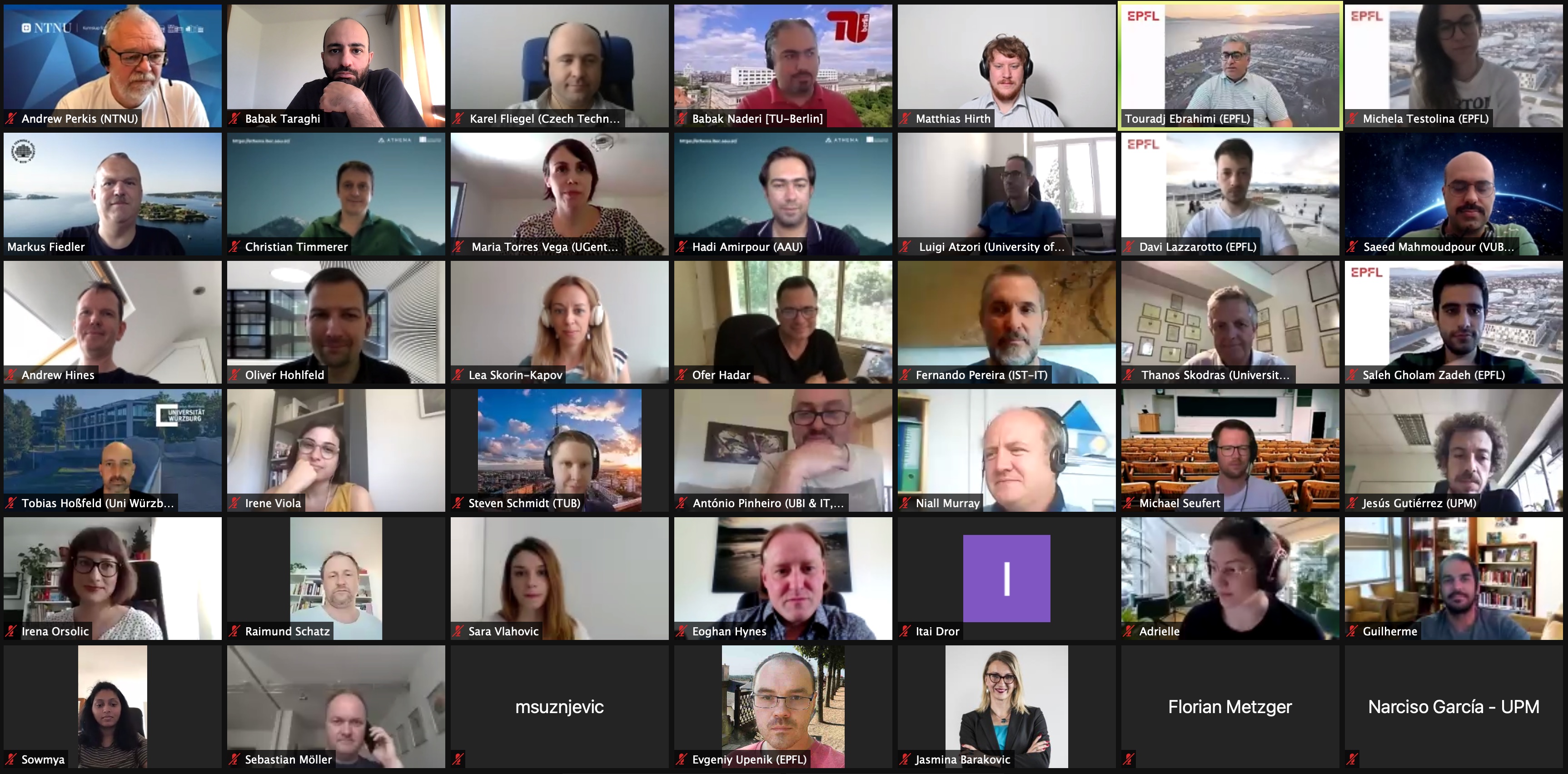
Virtual interactions affect generation of ideas, says new study

A new research says that shift away from in-person interactions affects innovation, “which relies on collaborative idea generation as the foundation of commercial and scientific progress.”
The study, published in the journal Nature, examines how virtual communication tools can curb the generation of creative ideas. To examine this idea, two researchers from Columbia Business School and Stanford School of Business conducted a laboratory study and a field study across five countries (in Europe, Middle East and South Asia), which show that videoconferencing inhibits the production of creative ideas, says The Indian Express report.
But while video conferencing may inhibit the generation of ideas, the researchers found that there was no evidence to suggest that such tools are less effective than in-person meetings when it comes to selecting which ideas to pursue.
The study used a laboratory and a field experiment to find out how virtual interactions affect the generation of ideas, the report says.
Narrow visual field
The authors note that the physical difference in communication through video is not psychologically redundant. This is because in-person teams operate in a fully shared physical space. Specifically, their data suggests that physical difference in shared space compels workers communicating through tools such as Zoom to narrow their visual field by focussing on their screen, thereby filtering out peripheral visual stimuli that are not visible or relevant.
As part of the laboratory experiment, 300 participants were enrolled in pairs and were told to come up with creative uses for a frisbee. Half of the teams were told that they will work in the same room and the other half were told that they will work in different rooms and communicate through video technology. The second stimulus under the laboratory experiment asked the participants to suggest creative uses for a bubble wrap.
Overall, the conclusion was that those who worked in the same room had more ideas than those who communicated through video technology.
Lack of eye contact
A reason why video conferencing tools are inferior according to the study is eye contact. According to the study, when two individuals look at each other through a screen, neither partner is able to look into the other person’s eyes. The study suggests that this could affect their coordination.
The authors suggest that their results indicate that in hybrid setups, it would make sense for workspaces to prioritise idea generation during in-person meetings. The study notes that when it comes to deciding about the extent to which firms should use virtual teams, “a more comprehensive analysis factoring in other industry and context-specific costs that the firm might face is needed. We leave this important issue to future research.”
Also read: Hybrid work makes employees productive, flexible and happy: Cisco study


